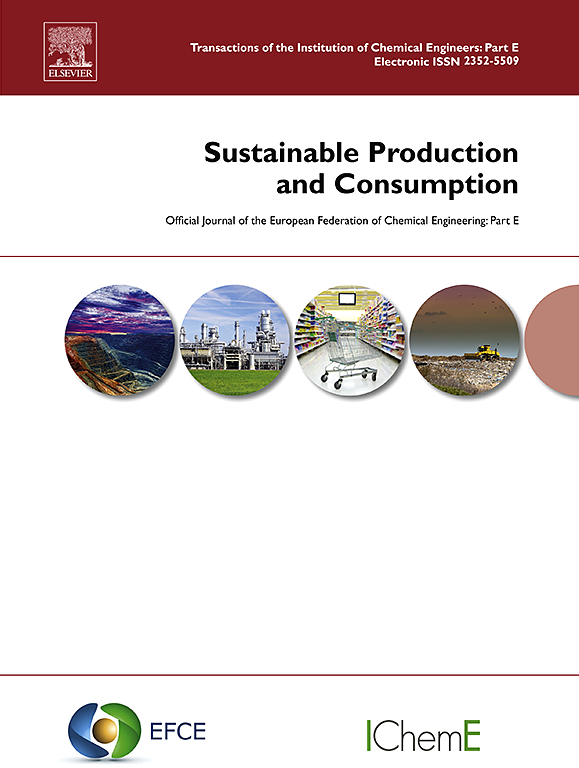What is a better chicken? Exploring trade-offs between animal welfare and greenhouse gas emissions in higher-welfare broiler systems
IF 10.9
1区 环境科学与生态学
Q1 ENVIRONMENTAL STUDIES
引用次数: 0
Abstract
Due to the animal welfare concerns in conventional methods of rearing broilers, chicken raised for meat, there is a push towards transition to higher welfare methods. However, this results in trade-offs as some aspects of higher welfare systems reduce production efficiency and thus increase greenhouse gas emissions. These trade-offs have however rarely been studied. This study aims to further the understanding by comparing the impact of reducing stocking density and switching to slower-growing broiler hybrids on broiler welfare and greenhouse gas emissions. Impacts on broiler welfare were determined by synthesizing quantitative welfare indicators from recent studies which assessed the welfare of broilers at different stocking densities and/or growth rates. The impact on greenhouse gas emissions from introducing these changes were modelled for chicken meat produced in Swedish broiler systems. Then, the magnitude of trade-offs associated with a reduced stocking density and/or use of slower-growing broilers were determined based on how these impacted broiler welfare and greenhouse gas emissions. The largest trade-offs were found when using slower-growing hybrids, since while this increased broiler welfare considerably, it also increased greenhouse gas emissions. The magnitude of the trade-offs was largely dependent on the growth rate of the slower-growing hybrid. Slower growth rates increased feed intake, and hence greenhouse gas emissions, but increased greenhouse gas emissions were partly offset by reduced emissions from parent animals. Trade-offs were smaller when reducing the stocking density in broiler houses, due to a moderate improvement of welfare but only a slight impact on greenhouse gas emissions. This study highlights the existing tensions between improving broiler welfare and minimizing greenhouse gas emissions and the need for tools to navigate these trade-offs. However, as greenhouse gas emissions from broiler production remain considerably lower than those of other livestock when higher welfare methods are used, we question whether minimizing greenhouse gas emissions should be a priority when conflicting with improving broiler and breeder welfare.
求助全文
约1分钟内获得全文
求助全文
来源期刊

Sustainable Production and Consumption
Environmental Science-Environmental Engineering
CiteScore
17.40
自引率
7.40%
发文量
389
审稿时长
13 days
期刊介绍:
Sustainable production and consumption refers to the production and utilization of goods and services in a way that benefits society, is economically viable, and has minimal environmental impact throughout its entire lifespan. Our journal is dedicated to publishing top-notch interdisciplinary research and practical studies in this emerging field. We take a distinctive approach by examining the interplay between technology, consumption patterns, and policy to identify sustainable solutions for both production and consumption systems.
 求助内容:
求助内容: 应助结果提醒方式:
应助结果提醒方式:


